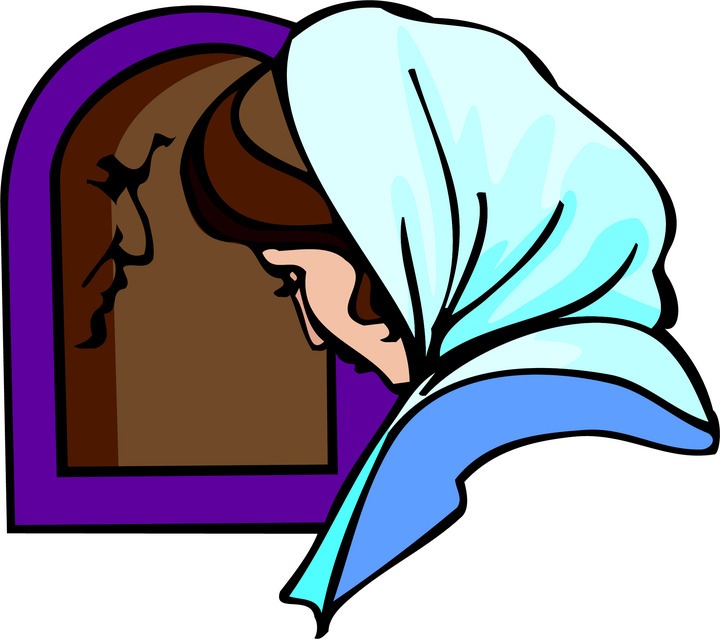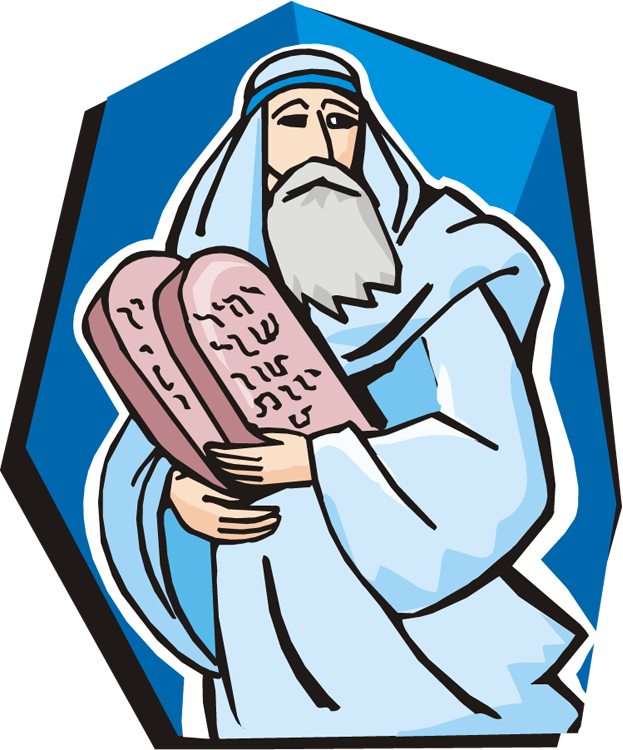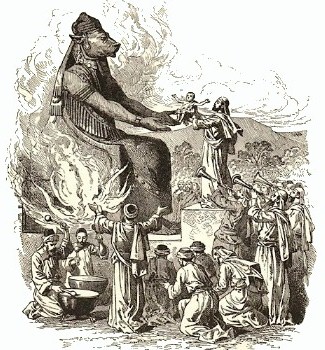Question from Janice:
What is the name of the Father for us today? I think it is Yehovah/Jehovah, but the declaration by the opposing argument is that the Father’s Name is Elohim and that is what we should call him today in this Christian era, not Jehovah/Yehovah. Many forbidding looks when the name Jehovah/Yehovah is mentioned. Also for the word, “Messiah”, as the opposing party is upset by the use of the word for “Christ”…thinking that Messiah has a different meaning and that is for Israel. We “should be using Christ”. The reasoning for that is that Elohim revealed Himself to Israel as Jehovah/Yehovah, and JESUS is the Name through whom ELOHIM reveals Himself to us today. Again, I think Jehovah has come to us and has spoken to us in His Messiah Yehoshua/Yeshua/Jesus and He is just as involved with us today as He was with Israel if not more so, through the Spirit of Yehovah who indwells us. My problem is, how can I read the Hebrews scriptures and enter into the blessing of the Name of Jehovah used so many times if we aren’t supposed to use His Name for the “Christian Era”? It causes me some degree of distress because I don’t know how to work around this. It is like having to change the word “law” to “Word” every time I read that word in the Old Testament (for those who say we are not under Law). But what do I change the word Jehovah to? It doesn’t make sense. I think Jehovah is just as much for us today as He was in the OT. Am I wrong? How can I enter into the joy of Jehovah when I read of Him if he is not for us today?
Answer from Natan:
Of the end of arguments and disputations about biblical things, there is no end. It is wearying, to say the least. The Bible is clear in a number of places: we are to not be involved in such, and from people who either want to constantly debate, or who are ever “learning” but never coming to the truth, we are to separate ourselves.
A long time ago, I decided not to argue with people. For years I did, but then I realized it was all vanity of vanities and, in the end, usually pretty pointless. This was a personal and a ministry decision. This decision was partly based on something a wise elder once told me. He said that at any time on any topic, one-third of the people will agree with you, one-third will disagree with you, and one-third don’t know. Bottom line: There’s no point in trying to convince the first two. The first group already agrees with you, so why “preach to the choir”? It’s unlikely that you’ll convince those who disagree with you, so again, why waste the time? That leaves the last group as your target audience, who are the only one’s who are open minded. What we have to do is to discern who’s in the last group and focus our energies there. All that to say this: who cares what people think? Find the truth, stick to it and stand on it and help only those people who want it. If you’re not sure what the truth is yourself, then keep seeking and searching with an open mind until you find it. If you find new truth, then modify what you thought you knew the truth was accordingly to fit the new truth. That’s how we grow spiritually.
That’s what I do in our ministry. I find the truth and stick with it. If people don’t like it, oh well…so what? They can switch channels until they find someone who agrees with them. As a result, some of us aren’t very popular and don’t have too many friends. Again, oh well…so what? Elohim and his truth plus one person make a majority, don’t they? I prefer the praise of Elohim over the praises of men, since, in the final analysis, he’ll be my judge, not all those people who are sitting in the sidelines of the proverbial peanut gallery making comments about things they know little or nothing about and then arguing and debating over it. I refuse to be caught up in this nonsense.
Now to answer your questions about the names of Elohim.
Elohim is the generic name of the “Godhead”, which includes the Father, the Son and the Set-Apart Spirit. It is a uni-plural world that encompasses the entire “Godhead.” This is basic Hebrew and biblical theology 101. Anyone who disagrees with this doesn’t know their Bible. Moreover, it is a title, not a personal name. There are many times that the Bible uses the term elohim (small E) as a title referring to humans and to the hosts of heaven as well. In every place, it’s a title, not a personal name.
The personal name of the Father in Hebrew is YHVH, which, according to all the deep research that I have done and in accordance with the most current linguistic evidence is pronounced as Yehovah. I know and have studied all the arguments pro and con on this issue for the past 20 years, and this is the truth I have arrived at. Many will disagree with this for many reasons, and that’s fine, but I refuse to debate and argue for the reasons stated above. Moreover, this is not a salvation issue, so let’s be mature adults and agree to disagree and still be charitable. What’s more, since there is no J in Hebrew, YHVH can’t be pronounced as Jehovah. So I refer to the Father as YHVH the Father.
In the Hebrew Scriptures (the OT), the Son is also referred to as YHVH/Yehovah. So Yeshua’s second or last name, if you will, is Yehovah. The personal name Yeshua speaks to his humanity and the reason he came to the earth, that is, to save humans, while his personal name Yehovah speaks to his deity.
With regard to the Ruach haKodesh, I know of no place where the Set-Apart Spirit is referred to as YHVH. If the Ruach has a personal name, Scripture doesn’t reveal what it is, so we’ll leave it at that.
Now Yeshua and the apostolic writers all spoke Hebrew and Aramaic, and only minimally Greek, if at all. I don’t care what Christian traditions says about this. I’m looking at the Hebraisms underlaying the NT Scriptures, at the archeological and historical evidence as well as Jewish tradition which all tell us that the Israelite inhabitants of Judea and Samaria in the Second Temple era all spoke Hebrew and Aramaic (a linguistic sibling of Hebrew that the Jews picked up in Babylon). As such, they would have been using Hebrew not Greek names for God, Lord, Jesus and Messiah.
Now when we get to the Greek-speaking first century converts to what became known as Christianity, whether they used the Hebrew names or not, we don’t know. What we do know is that the Hebrew names got translated into Greek and then into English from the Greek. So the names God, Lord, Jesus and Christ all come from the Greek, which come from the original Hebrew. People will have many personal reasons why they either want to keep the English names of “God” or why they want to get back to the original Hebrew names. I for one am a purest and a truth seeker. If someone’s name is George, out of respect, I’m not going to call him Harry. For example, one of my client’s name is Cary. For years I’ve been been pronouncing her name Car-ee. She never said anything, so I never knew I was pronouncing her name incorrectly. Recently, she let me know that her name is actually pronounced Kerry. Out of respect for her (she’s a very lovely and sweet lady), I have gone from calling her Car-ee to Kerry. Similarly, when I learned what the Hebrew names for biblical deity were, I did the same thing: I switched. If we use the English names, Elohim will still hear the language of our hearts, since he’s not linguistically challenged, but since I’m a stickler for truth and accuracy, I prefer to use his Hebrew names.
For those folks who refuse to line their tongues up with the Bible their failure to come to a higher level of truth is their problem and not mine, but I won’t acquiesce to their intransigency on this truth any more than I will to their unbiblical beliefs with regard to the Torah or anything else. And at the same time, I refuse to argue with them about it, since it’s usually pointless. If they want to argue, or to criticize me, I just smile and walk away from them. That’s all. One of these days, they’ll learn the truth…hopefully it’s before King Yeshua is forced to use the iron rod of his power against their stubborn and arrogant willfulness!
With regard to all the other arguments people will give why we shouldn’t use the Hebrew names of deity, there will be no end to the silly machinations of humans in this regard, and life is too short and my energy is too lacking to address them all. I prefer to learn the truth, stick with it and let the rest of it go. It’s like the bank teller who has to learn to detect phony money. They spend their time learning what the real money looks like, not learning what the all the counterfeit dollar bills looks like. If you spend your time knowing and studying the truth, you won’t need to spend your time with all the phony doctrines and arguments of men, of which there will be no end.






